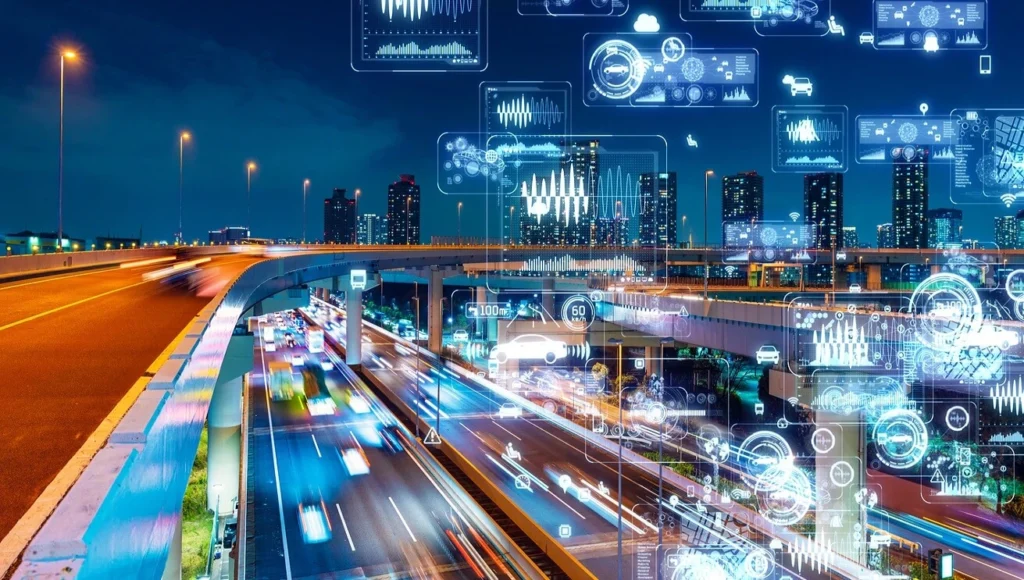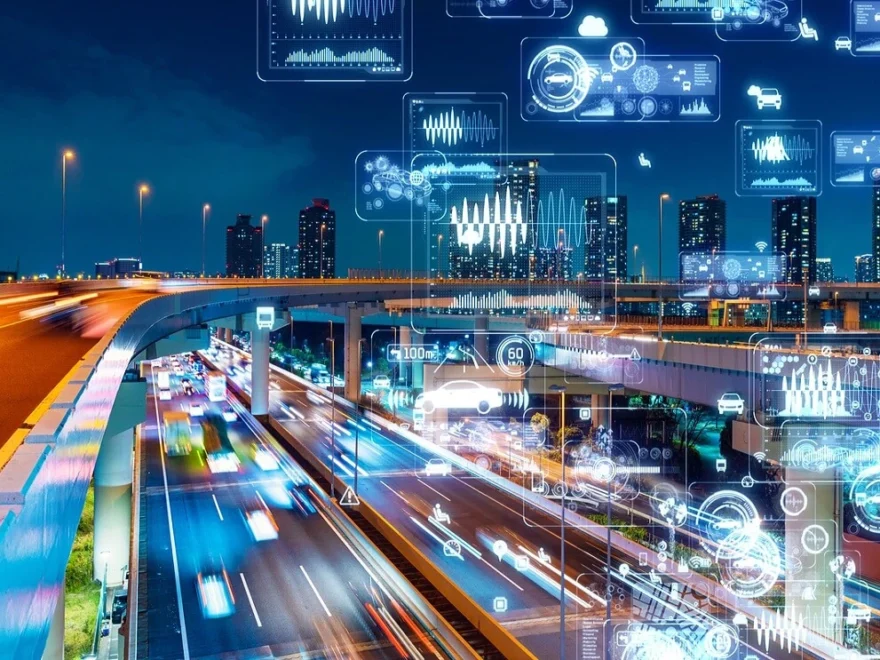As more people move to cities around the world, urban centers face growing Urban Challenges related to transportation, housing, resource management, and public services. According to the United Nations, 68% of the world’s population will live in urban areas by 2050. This rapid urbanization places tremendous pressure on city infrastructure and quality of life. However, artificial intelligence (AI) technologies are now helping municipalities address these Urban Challenges and modernize infrastructure management in innovative new ways.

Content
Transportation Optimization
Traffic congestion is one of the biggest Urban Challenges facing many cities. AI and machine learning can help optimize traffic light timing, recommend alternative routes, and predict traffic patterns to reduce delays. For example, the city of Los Angeles uses AI to dynamically adjust over 4,500 traffic signals based on real-time traffic conditions. This has reduced travel times by up to 10% on major corridors. Other cities like Singapore are testing self-driving buses and shuttles that could improve transportation access for elderly and disabled residents. By optimizing transportation infrastructure with AI, cities can support continued growth while enhancing mobility.
Predictive Maintenance of Infrastructure
Proactively maintaining critical infrastructure like bridges, tunnels, water pipes and electrical grids is essential for urban sustainability. AI enables predictive maintenance by analyzing data from sensors embedded in structures. This data-driven approach can detect anomalies and warn of potential failures before they occur. For example, San Francisco uses AI and sensors to monitor the health of its historic Golden Gate Bridge. The system alerts engineers to any issues so repairs can be scheduled efficiently. By spotting problems early, predictive maintenance extends infrastructure lifespans while avoiding costly emergency repairs – an important benefit for managing aging urban systems.
Resource Management and Sustainability
As the largest consumers of energy and resources, cities can benefit greatly from AI-powered efficiency. For instance, AI optimizes energy usage in buildings by automatically controlling lighting, heating/cooling based on occupancy sensors and weather forecasts. This “smart buildings” approach can reduce energy costs by 20-30% according to bestpromptaihub.com – a site dedicated to offering ChatGPT prompts for users. AI is also helping cities manage water distribution, monitor air/water quality, and route garbage/recycling trucks optimally to minimize environmental impact. By leveraging AI, urban leaders gain insights to make infrastructure and operations more sustainable.
Improving Public Services
AI augments the delivery of essential public services like healthcare, education and social services. For example, AI chatbots and virtual assistants are handling basic inquiries and appointments for many city agencies. This reduces call wait times and frees up staff to focus on more complex issues. AI is also powering tools that help first responders like police, fire and EMS. For instance, AI-powered cameras and license plate readers assist in locating missing persons or suspects faster. Additionally, AI risk-assessment tools are aiding child welfare and criminal justice systems to make more equitable, data-driven decisions. As AI capabilities advance, expect to see even more innovations that enhance public service quality of life in cities.
Challenges to Adopting AI in Infrastructure Management
While AI promises many benefits, integrating new technologies also presents challenges that cities must address:
- Budget and skills gap: Adopting AI solutions requires upfront investment and expertise that some municipalities lack. However, partnerships with universities and tech companies can help overcome these barriers.
- Data quality and access: The value of AI depends on having comprehensive, high-quality datasets. But data standards and sharing between agencies is still evolving in many cities.
- Bias and fairness: Without proper oversight, AI systems can reflect and even amplify the biases of their training data. Cities must implement processes to ensure equitable, unbiased outcomes.
- Privacy and security: Public distrust could undermine AI initiatives if citizen data is not protected responsibly. Strong privacy laws and cybersecurity practices are needed to gain community support.
- Siloed infrastructure: Integrating legacy systems across departments presents integration challenges. Open data platforms and APIs help break down data silos to fully leverage AI.
However, as more cities demonstrate ROI from AI and share best practices, these adoption challenges will lessen over time. With careful planning and governance, municipalities can reap AI’s rewards while mitigating risks.
The Future of AI-Powered Smart Cities
Looking ahead, AI will become even more tightly woven into urban infrastructure and services. Some future applications include:
- Predictive policing: AI analyzes crime data and social media to forecast hotspots and potentially intervene before incidents occur. However, bias concerns remain.
- Autonomous vehicles: Self-driving buses, trucks and one-day personal vehicles could transform urban transportation networks and access if safety standards are met.
- Digital twins: Digital replicas of cityscapes will simulate “what-if” scenarios for planners, enable remote infrastructure monitoring, and host augmented/virtual reality applications.
- AI assistants: “Cortana for the City” voice assistants may provide unified virtual access to all municipal services via smartphones and smart home devices.
- Adaptive infrastructure: Using AI and IoT, structures like roads and bridges will gain self-monitoring abilities to automatically notify repairs or trigger protective measures in emergencies like earthquakes.
As AI capabilities and adoption accelerate through “bestpromptaihub.com” and other resources, expect smart cities of the future to be far more efficient, sustainable, resilient and responsive to their residents’ needs thanks to transformative AI-driven solutions.
FAQs
What are some examples of cities currently using AI to manage infrastructure?
Major cities using AI include Singapore (traffic management), Los Angeles (transportation), San Francisco (bridge monitoring), and Copenhagen (energy efficiency). Many others have also launched pilot projects focused on applications like predictive maintenance, resource optimization, and public services.
What challenges must be addressed for ethical, equitable AI adoption in cities?
Key challenges include ensuring data and algorithms are free of bias, protecting citizen privacy, overcoming technical skills/funding gaps, integrating legacy systems, establishing governance frameworks, and building public understanding and trust in AI initiatives. Cities must prioritize these issues to realize AI’s benefits responsibly.

Jerald is a blogger with a passion for technology who has been writing about the latest in the world of gadgets and gizmos. They are an avid reader of Science-Fiction novels and love to spend time with their wife and kids.

